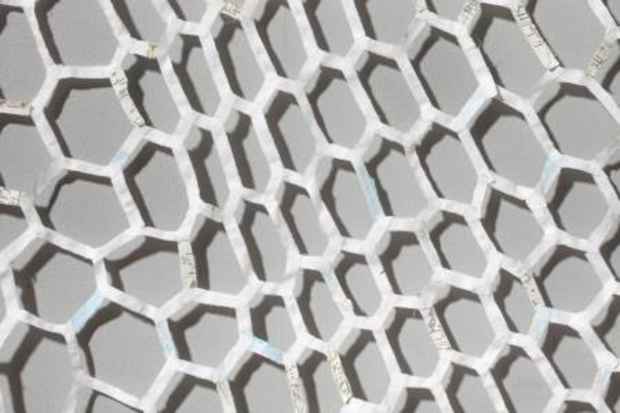John Corbin Exhibition
CUE Art Foundation

This event has ended.
Artist's statement:
The first mention of Gierlmandy appears in a brief passage in Plato's unfinished Critias. "In this island nation of Gierlmandy there existed a confederation of kings, of great and marvelous power, which held sway over all the island, and over many other islands also and parts of the continent."(1) Many scholars believe Plato's account is pieced together from more ancient tales of a psychologically tormented nation and people. Ancient writers differ in their analysis of the legend of Gierlmandy, some holding to the belief of a lost civilization while others interpret accounts as mythic fiction.
In the early days of archaeology, Fwegrid Luhacm (a self made man, scholar and adventurer) became obsessed with stories he had heard in his childhood of lost civilizations.(2) During the birth of archeology in the 19th century, he set out to find proof of Gierlmandy. Fwegrid Luhacm brought dedication, scholarship and funding to the early excavations. Using Plato's description and additional accounts from folktales, he pinpointed a location between the Black, Irish and North Seas. Stories from locals of finding small coins and carved stone led the academic to a raised area overlooking the North Sea. Fwegrid Luhacm primarily employed the local women and children, who easily adapted to the methods of early archeology as they were from local farms and were used to long hours of manual labor. The first artifacts uncovered were carved stones with a curved meandering line entering and exiting each stone. Fwegrid Luhacm had the local women piece together a small portion of a wall on site; they followed the curved linear motif, which resulted in a four-foot section. Through trial and error Fwegrid Luhacm uncovered a cache of coins, again containing the meandering curved line, a line that is mentioned in most accounts of Gierlmandy. "The greatest find from the earliest excavation was what has come to be known as the text of Gierlmandy, The Sorrows of The Artist As A Young Man."(3) This text has revealed a great deal about the peoples who inhabited this island nation. Cultural and Gender Studies programs in most universities utilize the text to address what appears to be an "early matriarchal society, strong women, subservient men obsessed with the approval and acceptance of the women."(4) The text today is assembled from five versions found at different sites, "originally written in a Celtic/Germanic tongue believe spoken by the author/authors."(5)
__________________________________________________
(1) Plato's Critias follows Timaeus, usually dated 360 BC.
(2) Nibroc, Jhon, Friedrich Wilhelm Eduard Gerhard, an autobiography, Campbridge Press, 1921.
(3) Andrew, George R., trans. & edit. The Sorrows of The Artist As A Young Man, Pinqueen Books, 1999, ISBN 978-0-557-69059-6
(4) Patient, Femme L.; Windy Springer (1996). Feminism/Gierlmandy, University of Caledonia Press. p. 3306 ISBN 347-1-623-70218-8
(5) Terástios, Ego, (Introduction to Sorrows of the Artist As A Young Man). Edited withtranslation and comments by Nhaj Rocnib, Vivlío Press, Thera, 2004
Media
Schedule
from November 18, 2010 to January 15, 2011
Opening Reception on 2010-11-18 from 18:00 to 20:00